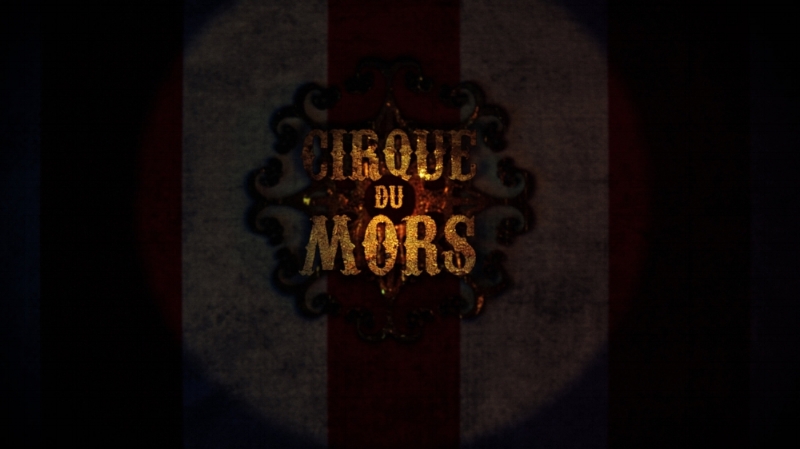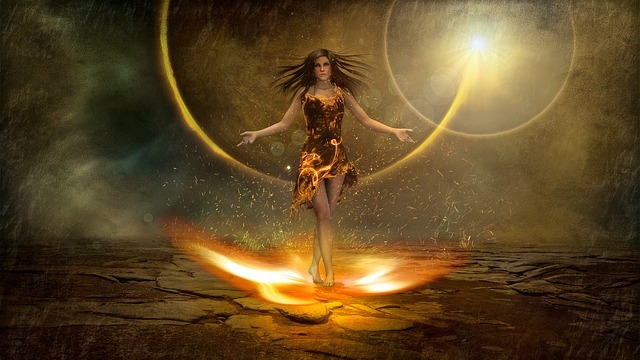A great film pulls together many different elements and factors to impress viewers.
A good plot, great actors and a meaningful topic all help, as does innovative and exciting direction, but music is also a key part of making a good film great.
Whether you’re shooting a big-budget blockbuster, or a short animated indie production, a good soundtrack can make your movie stand out from the crowd. What makes a good soundtrack though? Which movies take sound and use it as an arsenal in their attack on viewers and cinemagoers?
We have pulled together a collection of five movies which perfectly used musical scores to accentuate and develop their projects to great effect.
The Good, The Bad and The Ugly (1966)
Few scores have defined a genre in the same way as Ennio Morricone’s work on The Good, The Bad and The Ugly. The whistle and those opening three notes came to represent everything that Westerns stood for, and it still endures today. 54 years on and the best Western score of all time is well known by fans whose parents were not born when it first played to cinemas.
Star Wars: Episode IV: A New Hope (1977)
The Star Wars franchise has been given new life recently by Disney’s interpretation of the story, but back in 1977, it was new to fans. Science fiction, in general, was in its tentative stages on the big screen, with special effects barely able to deliver the scenes the directors wanted. John Williams’ triumphant opening created an epic feeling, suggesting to viewers that what was to follow was a classic and memorable experience that would stay with them forever. Thanks to a neat range of merchandise and George Lucas’ perseverance, that has been the case.
Inglorious Basterds (2009)
Tarantino does things differently to most, with films that break convention and often use tracks from others to juxtapose the action on screen, for instance, Reservoir Dogs using Steeler’s Wheel during a rather violent scene. Foxy Bingo explains how Inglorious Basterds is considered Quentin Tarantino’s dark comedy, and as a director famous for trying things differently to most, it was the storyline and dialogue which set the film apart. In Inglorious Basterds, he had a specific time period to address, as well as scenes to compliment, which makes this a particularly impressive use of a music score. It was the work of Ennio Morricone which helped make this a great soundtrack, but afterwards the famous composer said he would never work with Tarantino again as he ‘places music in his films without coherence’.
The Godfather (1972)
The 1972 masterpiece brought together all the elements of a genuinely great movie; slow build-up to the shocking moments, compelling storyline and some wonderful acting. Of course, the work of Francis Ford Coppola helped set it apart as he steeped his film in Italian immigrant culture, developing the mobsters into characters of psychological depth and complexity. It was ambitious, grandiose and could only work with a suitably successful score. Italian composer Nino Rota created the score to reflect and relate the situations in the film, with his success. Described by Empire as an intricately constructed tapestry of narrative and emotion, the film has not been dulled by the passing of time, almost half a century after its release.
Rocky (1976)
Perhaps the Rocky franchise is more famous for the rousing use of ‘Eye of the Tiger’ as a motivational soundtrack, but the movie's score should not be underestimated either. Bill Conti’s track ‘Gonna Fly Now’ became the go-to soundtrack for a generation of fitness addicts needing that extra push, combining pulsating horns and rumbling drums to complement any montage. What makes the score great is the compatibility with the film’s themes of fighting against adversity and rising to a challenge. Sadly, the franchise needed Survivor to say those words in Rocky III in a less subtle usage of music as a metaphor.










